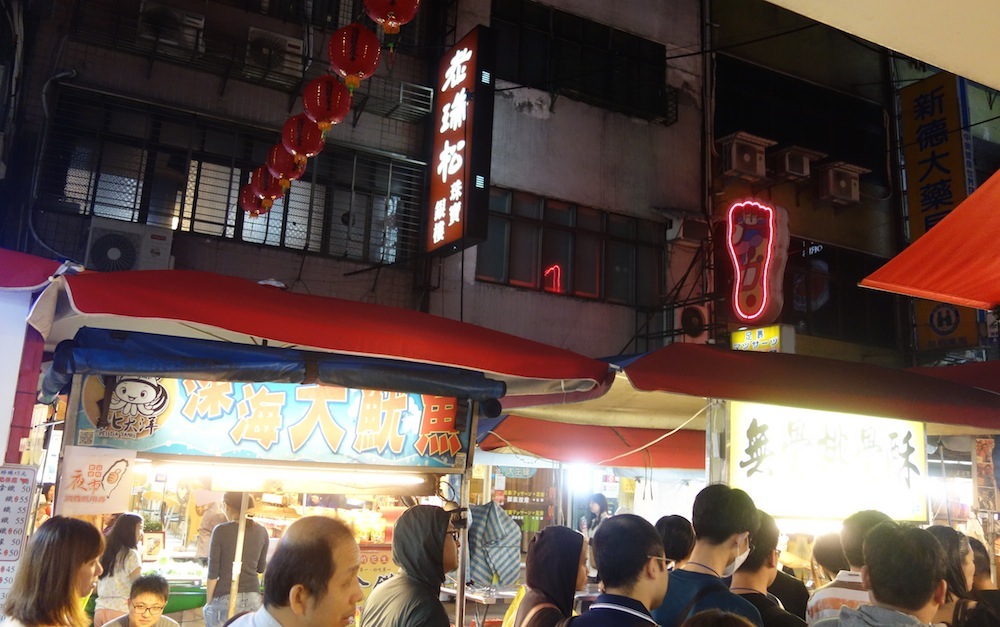
South Koreans couldn’t go freely abroad until 1989, at which point the repressed desire to do to so turned into potent fuel for a still-blazing travel industry. This industry has a media side, producer of books and television shows in a quantity and variety surprising to even the most travel-minded foreigners. It also has a tourism side, comprising the countless companies offering package trips of various lengths to countries and cities all over the world. Or at least I gave up trying to count the companies when I checked in at Incheon Airport last week for my own first Korean package tour, three days and three nights in Taiwan, a popular foreign destination for Koreans since Koreans have had foreign destinations to make popular.
Proximity has something to do with it: reachable within three hours’ flight, Taipei is closer to Seoul than even most American tourist-destination cities are to Los Angeles. Taiwan has also had a place in my own consciousness at least since I began watching the films of Taiwanese auteurs like Hou Hsiao-hsien, Tsai Ming-liang, and Edward Yang, but my investment in Taiwanese cinema as a whole never quite matched my investment in the Korean and Japanese varieties. My knowledge of Taiwan itself lagged behind proportionately, though at some point it began to look like a manageable entry point into the unignorable Sinosphere, without the burden of intimidatingly vast size and historical complexity presented by mainland China itself — and, more practically speaking, without the extra charge for a tourist visa.
Korea and Taiwan also have a deeper commonality as fellow members of what Dutch Asia specialist Ian Buruma calls “the old Japanese empire” in God’s Dust, a book based on Buruma’s travels around Asia in the 1980s that I happened to throw into my bag as I left for this trip. In it, Taiwan and South Korea share a chapter that takes as its theme the shape of Japan’s colonial legacy. “Modern Seoul looks more like Tokyo every day,” Buruma writes, “with its neon-lit coffee shops, its bric-a-brac modern buildings and its neon-lit pleasure areas tucked away behind the steel and glass.” In Taipei “Japanese culture is everywhere, in a Western guise, its origins blurred, suppressed, or forgotten,” a phenomenon that “makes the surface of modern Taiwan so familiar to anyone who knows Japan.” Everywhere in the South Korean, Taiwanese, and Japanese capitals are “forms of modern kitsch twice removed from their source, and thus they almost defy interpretation.”
Read the whole thing at the Los Angeles Review of Books.